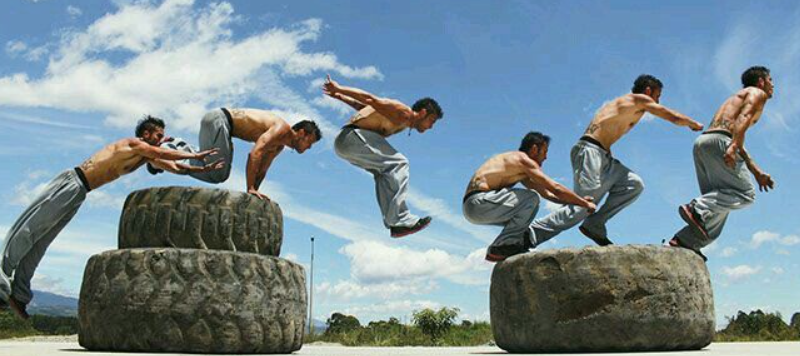In the elite arenas of sport, where performance is dissected down to millimetres and milliseconds, one term has quietly captivated athletes and psychologists alike: flow. That elusive, almost meditative state where action and awareness merge, time seems to dilate, and everything simply clicks. But while flow is commonly associated with grand finals and packed stadiums, some of its purest expressions are found in the most unconventional corners of competition — places where silence, solitude, and simplicity allow the mind to unlock something extraordinary.
The Nature of Flow
Coined by Hungarian psychologist Mihály Csíkszentmihályi, flow is a mental state of complete immersion in an activity. It arises when skill meets challenge in perfect balance. You’re not overthinking, you’re not distracted — you’re just doing, instinctively, fluidly.
In mainstream sports, that balance can be harder to find. With cameras, contracts, and crowds, athletes often battle external pressure as much as opponents. But in unconventional competition — from parkour to free diving, disc golf to indoor climbing — the absence of those externalities creates fertile ground for flow.
Minimalism Breeds Mental Clarity
In lesser-known or emerging sports, the clutter of commercialisation is largely absent. There are fewer expectations, fewer pundits, and far less noise. Athletes aren’t bogged down by performance bonuses or media obligations. They train because they love the process — and this passion, free from external motivators, sets the perfect stage for flow.
Many unconventional sports also have a strong connection to nature or environment. Trail running, surfing, skateboarding — these are all sports where terrain, weather, and rhythm are in constant flux. That unpredictability demands deep presence and instinctive adaptability — core triggers for flow.

The Flow Cycle: Learning Through Discomfort
Getting into flow is rarely instant. In fact, according to performance psychologists, it follows a cycle:
- Struggle – When learning a new skill or facing a tough challenge.
- Release – Letting go of tension and control.
- Flow – Peak performance and immersion.
- Recovery – Mental and physical rest to consolidate growth.
Unconventional competitors experience this cycle frequently and with intensity. With limited coaching support and less rigid structure, athletes often navigate their own struggle and release phases. The result? A deeper, more personal relationship with flow — one that doesn’t rely on team talks or half-time adjustments.
Athlete Spotlight: Flow in Action
One striking example comes from British parkour athlete Georgia Munroe, who describes moments of flow during rooftop runs and rail balancing. “You don’t hear the city anymore,” she says, “You don’t think about falling. You just move. Like your body already knows.”
It’s the same in disciplines like bouldering, where climbers often describe losing all sense of time mid-route, or freediving, where flow becomes not just beneficial but vital — helping divers slow their heart rate and stay calm in high-risk environments.
Common Flow Characteristics in Unconventional Sports
| Trigger | Example | Why It Works |
| High skill-challenge ratio | Technical lines in parkour | Demands total focus and creative problem-solving |
| Deep concentration | Solo time trials in cyclocross | Removes distractions, cultivates mindfulness |
| Immediate feedback | Climbing holds, disc flight paths | Promotes instant correction and intuitive control |
| Sense of autonomy | Self-guided training sessions | Strengthens intrinsic motivation and ownership |
The Takeaway: Redefining Peak Performance
Flow isn’t reserved for gold medals or record books. In fact, chasing it outside the mainstream may offer a purer, more consistent route. The lack of noise in unconventional sports invites a deeper relationship with one’s body and mind — and with that, often, comes the zone.
As sport continues to evolve — and as more people gravitate toward non-traditional disciplines for wellbeing, self-expression, or escape — understanding how flow operates in these settings might hold the key to redefining what “performance” even means.
For many athletes, the goal isn’t simply to win. It’s to feel something rare and real — the perfect move, the seamless turn, the breathless moment of unity between body, mind, and task. That’s flow. And for those chasing it, unconventional competition might just be the perfect playground.

